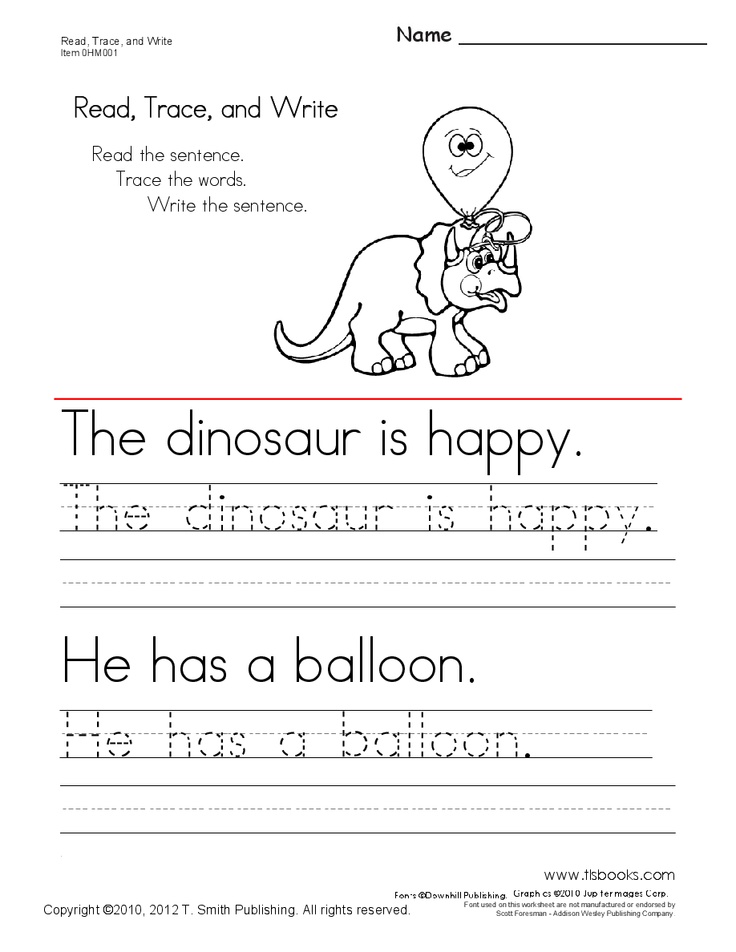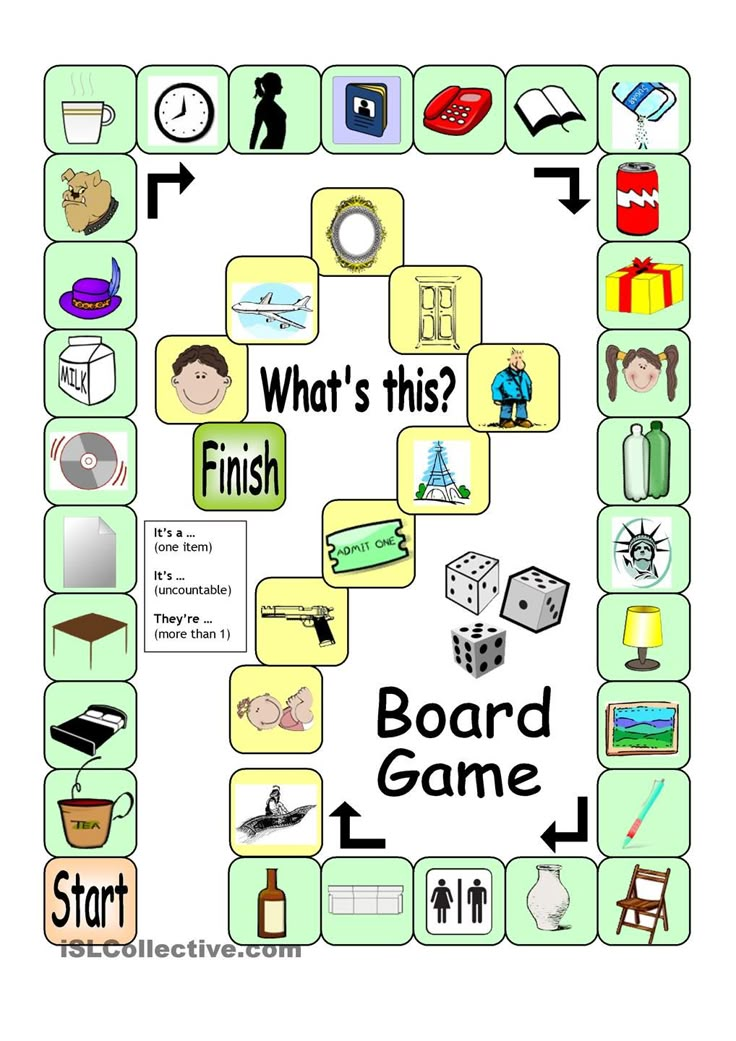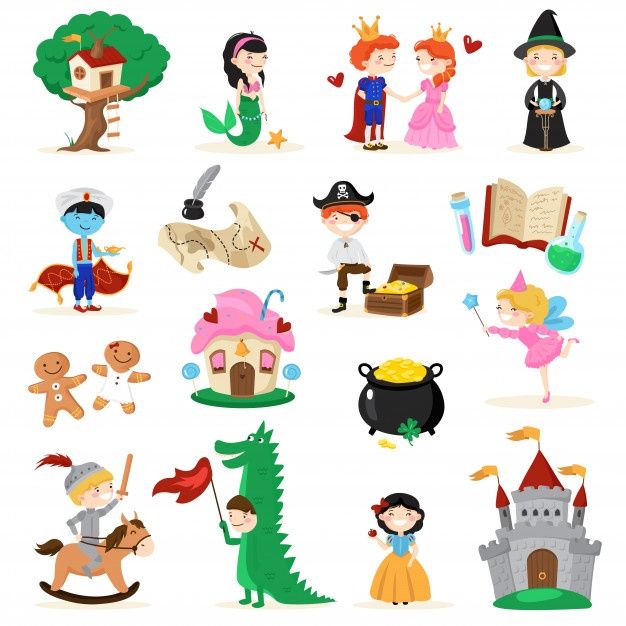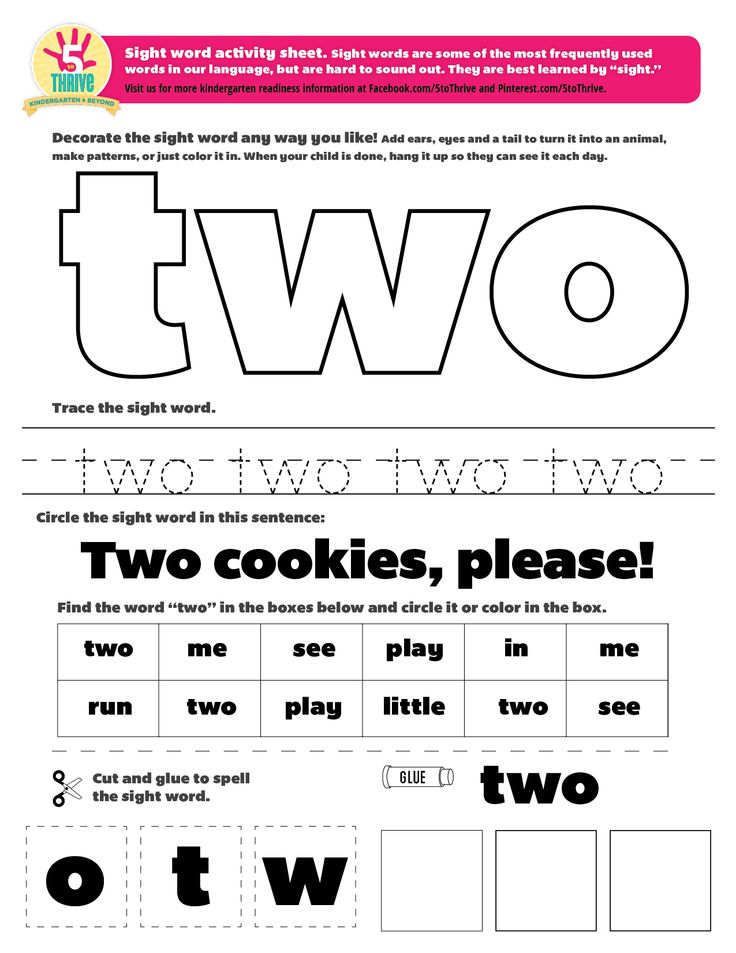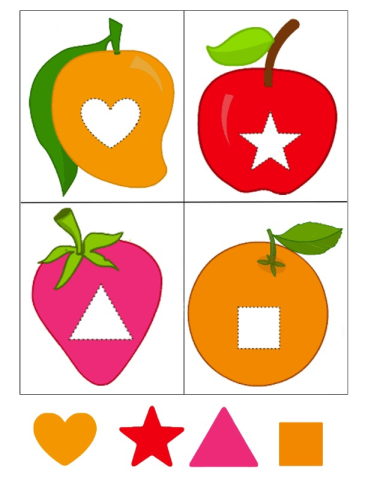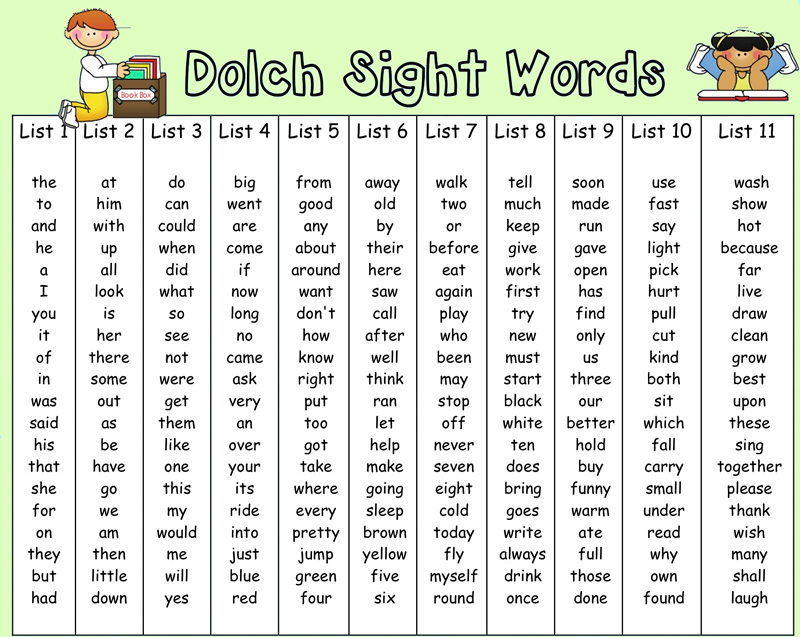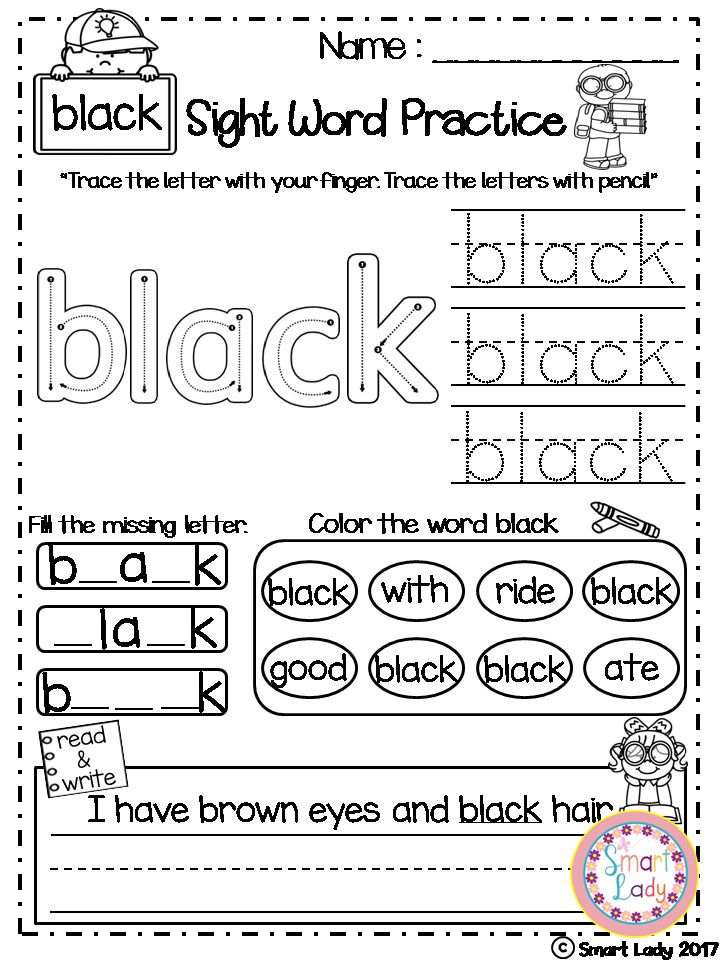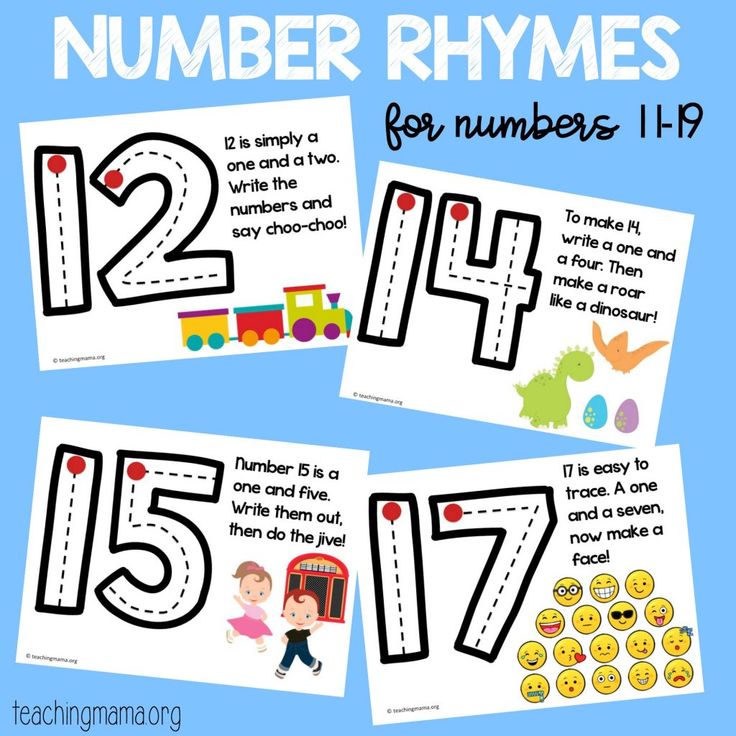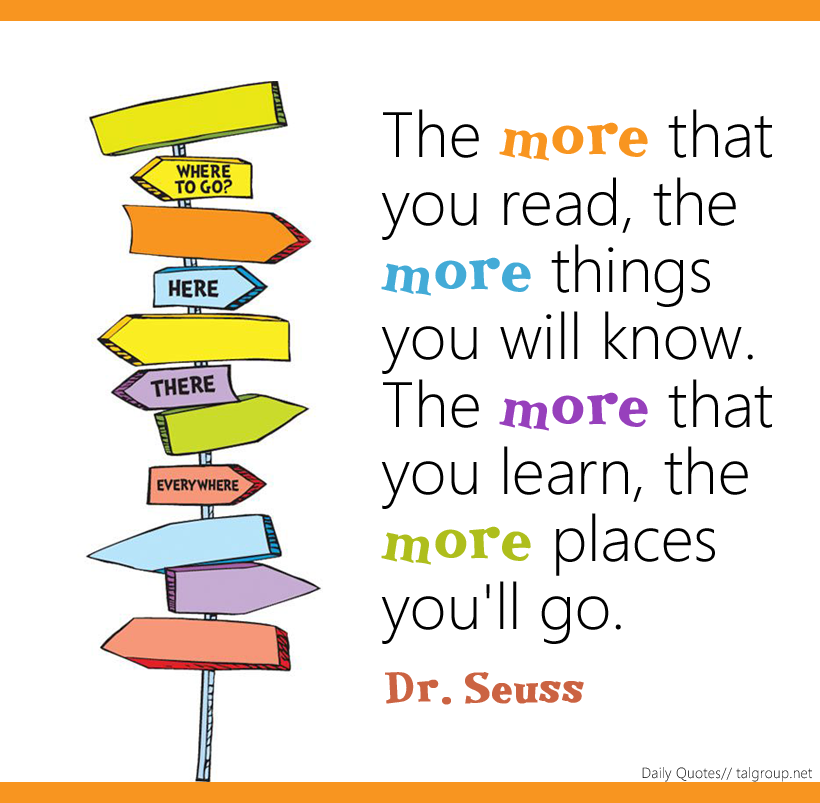Writing sentences for kids
Teaching Kids How to Write Super Sentences
How do you encourage your students to write longer, more interesting sentences? You know what will happen if you simply ask them to write longer sentences… they’ll just add more words to the end, resulting in long, rambling run-ons!
After struggling with this problem myself, I developed a method that helped my students learn how to turn boring sentences into super sentences. I began by teaching them the difference between fragments, run-ons, and complete sentences. Then we practiced revising and expanding basic sentences to make them more interesting. After I modeled the activity and they practiced it in a whole group setting, they played a game called Sentence Go Round in their cooperative learning teams. The difference in their writing was dramatic! Before long, they were adding more detail to their sentences without creating run-ons in the process.
Step 1: Mini-Lesson on Sentences, Fragments, and Run-ons
Begin by explaining that complete sentences can be short or long, but they must have two basic parts, a subject and a predicate. The subject tells who or what the sentence is about, and the predicate is the action part of the sentence, or the part that tells what the subject is doing. If it’s missing one of those parts, it’s a fragment. If it has a whole string of sentences that run on and on without proper punctuation, it’s a run-on sentence.
Next display a series of phrases or sentences and ask your students to decide if each on is a fragment, a complete sentence, or a run-on. Try these:
- Rabbits hop. (Your students will say it’s a fragment since it’s so short, but it’s actually a complete sentence.)
- The big brown fluffy rabbit in the garden. (Looks like a sentence, but it’s missing a predicate.)
- Rabbits love to eat carrots and one hopped into our garden and I thought it was cute even though it was eating the carrots. (A run-on of course … kids don’t usually have trouble spotting these, but you might want to have them find all the subjects and predicates to make your point.
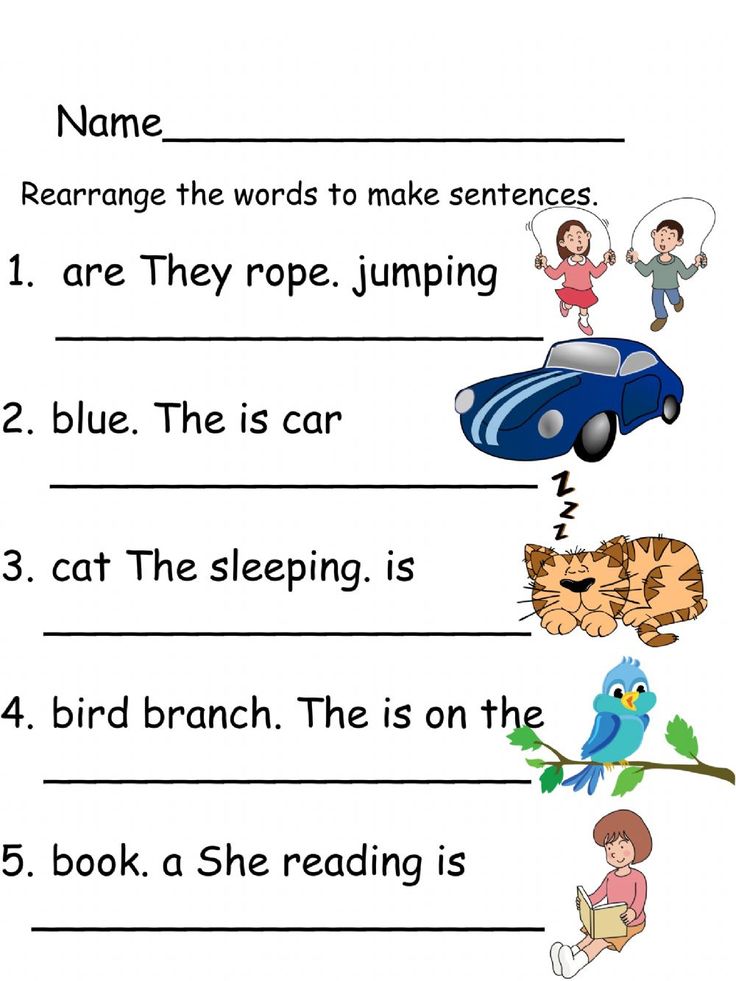 )
) - The hungry rabbit hopped into the garden because he wanted to eat a carrot . (Even though this one is long, it’s not a run-on because it only had one subject and one predicate.)
Step 2: Mini-Lesson on Revising & Expanding Sentences
After your students can distinguish between fragments, run-ons, and complete sentences, it’s time for them to practice their sentence-writing skills by learning how to revise and expand basic sentences. This activity should be modeled in a whole group or guided literacy group first, and older children can do the activity later in cooperative learning teams. To start the activity, you need a set of task cards with basic sentences that lack detail. I used an example from the Fall Sentences to Expand freebie for this lesson, but you can use task cards from any of the seasonal freebies below.
Whole Class Modeling:
- Start by selecting a basic sentence from the Fall, Winter, Spring, or Summer task cards above.
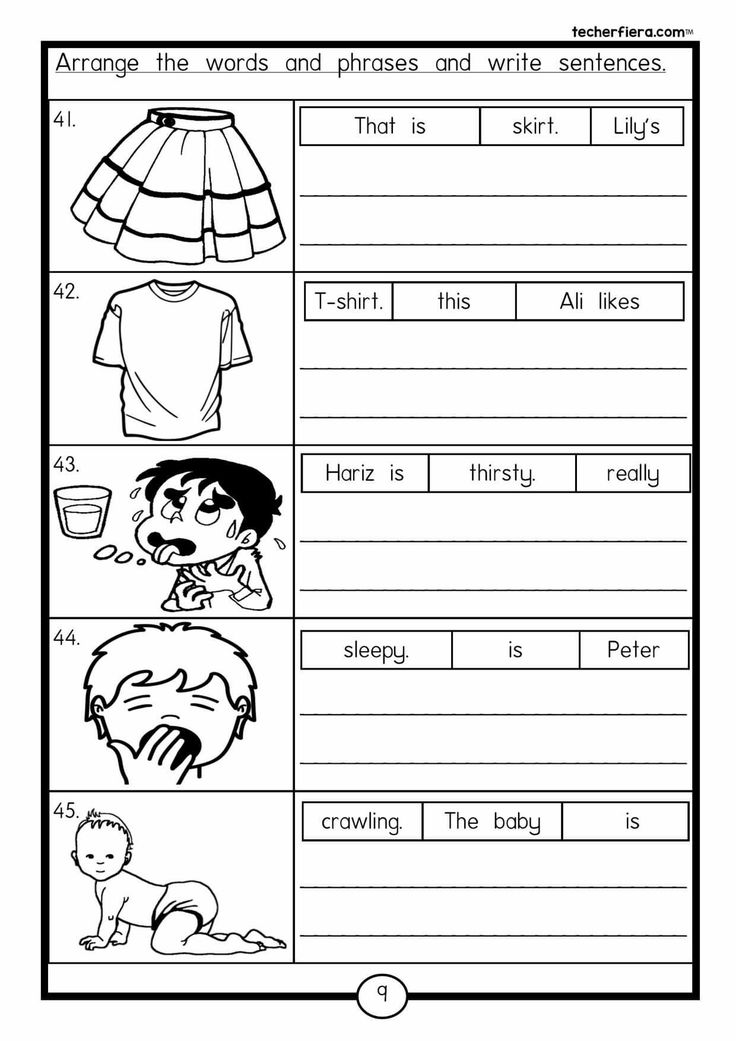 Let’s use the fall-themed sentence, “She picked apples.” Write the sentence on the board or show it to the class using a document camera.
Let’s use the fall-themed sentence, “She picked apples.” Write the sentence on the board or show it to the class using a document camera. - Explain that “She picked apples” is boring, but if we ask ourselves questions about it, we can add details that answer the question and make it more interesting. For example, if we ask “Who picked apples?” we can name someone specific. Demonstrate how to make the change as shown below.
- It’s still a boring sentence, so let’s ask, “How many?” and say that Mary picked a dozen apples.
- Go through the same process, each time repeating the revised sentence and asking another question. After 4 rounds of changes, it might look like the one in step 4 below.
Whole Class Interactive Lesson:
- Next, repeat the process and actively involve your students. Ask one student to randomly select a sentence card and write it on the board.
- Then ask all students to think about a question they could ask and how they could revise the sentence to add one detail.
 It can be more than one word, but it shouldn’t be more than a short phrase that answers that question. If all students have individual dry erase boards or chalkboards, ask them to write down their revisions and show them to you.
It can be more than one word, but it shouldn’t be more than a short phrase that answers that question. If all students have individual dry erase boards or chalkboards, ask them to write down their revisions and show them to you. - Call on one student to come forward and display his or her revised sentence.
- Repeat the process three or four more times until you’ve created a sentence that’s detailed and interesting, but not a run-on.
Modification Idea: If you notice that some students are creating run-on sentences, ask everyone to pair with a partner before sharing with the class to make sure all sentences are complete sentences.
Step 3: Cooperative Learning Writing Activity
The first two steps are the perfect segue into Sentence Go Round, an activity for cooperative learning teams or small groups to practice expanding sentences. The product below includes sample sentences for the teacher to display, as well as printables for students and a sorting activity to practice identifying fragments, run-ons, and complete sentences.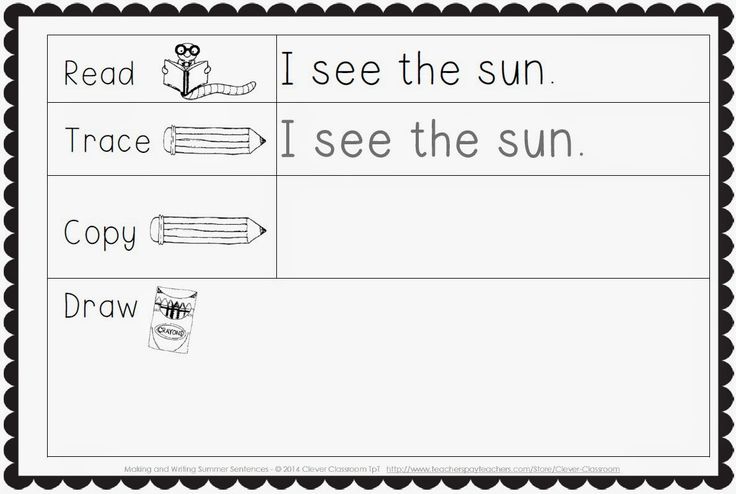 Sentence Go Round also includes activity directions and question cards to prompt students as they are creating their new sentences. To preview the entire resource, click over to see
Sentence Go Round in my TpT store.
Sentence Go Round also includes activity directions and question cards to prompt students as they are creating their new sentences. To preview the entire resource, click over to see
Sentence Go Round in my TpT store.
Step 4: Google Classroom Sentence Writing Practice
It’s important to follow up with independent practice, so I’ve created some Google Classroom resources to supplement the cooperative learning, hands-on activities in Sentence Go Round. Sensational Sentences: Sentence Writing Practice includes a Google slide presentation to introduce the concepts, 2 digital sentence sorting activities, 2 self-checking Google Quizzes, 2 sentence writing activities, and 3 editable templates.
If you want to use the cooperative learning activity Sentence Go Round AND the Google Classrooms materials, check out my Sensational Sensational Sentences Bundle which includes both resources at a discounted price.
I hope your students enjoy these lessons and Sentence Go Round as much as mine did, and that they will soon be writing super sentences instead of boring ones!
Teaching Kids How to Write a Sentence
Welcome back to Preschool and Kindergarten Writing Lessons, a 10 week writing series between The Measured Mom and me.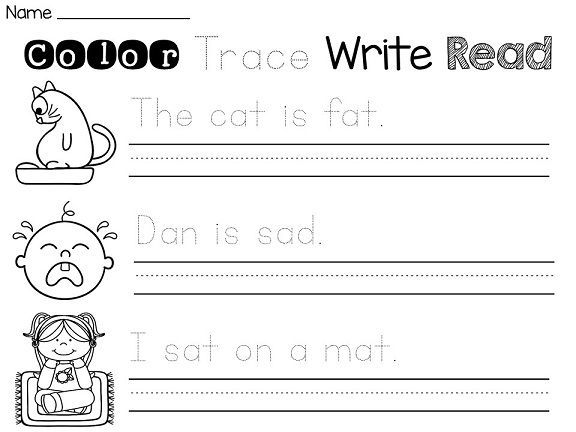 If you are just joining us, feel free to visit the post that includes all the links to our series so far.
If you are just joining us, feel free to visit the post that includes all the links to our series so far.
Today, I’d like to talk a little about teaching kids how to write a sentence (or sentences). For young children who are not ready to write or do not know their letters/letter sounds, I recommend using dictation. As children grow in their literacy knowledge, there comes a point in which you can share the pen with them, writing a message or sentences together. Both dictation and sharing the pen are GREAT opportunities to model how to write sentences.
As children continue to progress as writers, they may want to be a little more independent in their writing time. But they may still need support in writing. This is where “magic lines” come into play!
Teaching Kids how to Write a Sentence with “Magic Lines”
Just recently, NJoy had an authentic reason to write: his sister’s birthday. He asked if I would help him write a card that he could give to her (talk about melting my heart).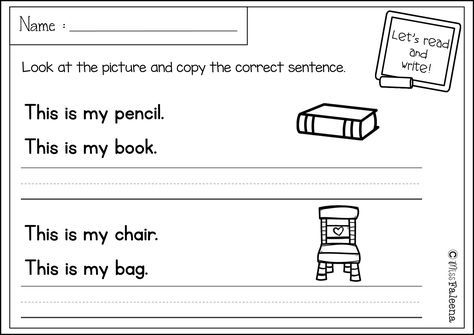 I asked him to draw a picture for her on the card first. Many times, kids can use their own drawings as a springboard for writing. But he insisted that he wanted to write first, so we did. (Tip: Be flexible!)
I asked him to draw a picture for her on the card first. Many times, kids can use their own drawings as a springboard for writing. But he insisted that he wanted to write first, so we did. (Tip: Be flexible!)
- I asked him what message he wanted to tell his sister. He said, “Happy Birthday to you, M____ (her name)!”
- I repeated the sentence aloud and then said, “We’re doing to draw some ‘magic lines’, one line for every word you want to say. That way you’ll know where to write your words.”
- We said the sentence together one more time slowly and counted each word as we said it. (Note that the concept of spoken word may be difficult for some children. For example, a word like yesterday, may be counted as two words yester-day.)
- After we counted each word, I drew a line representing where each word should go. We had a great discussion about some words sounding longer than others, (based on syllables and/or the number of sounds in the words) so the length of my lines represented the length of the words.
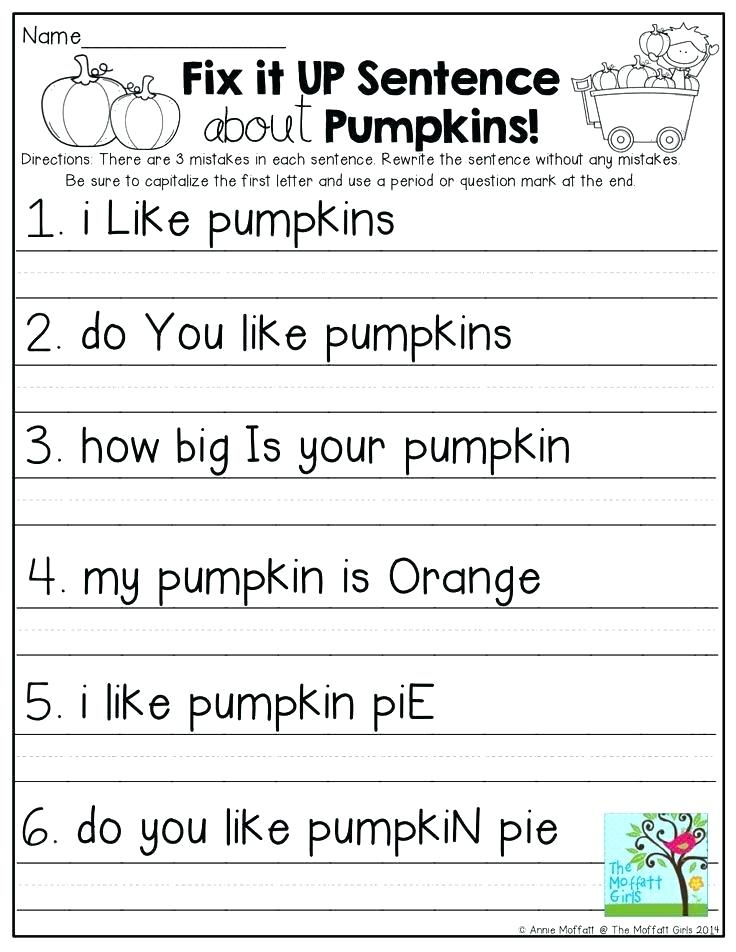 Talk about developing an ear for print!
Talk about developing an ear for print!
- He wrote his message, using the pre-drawn lines. (I helped him sound his way through “Happy” and “Birthday”. I held him accountable for the words to and you because those have been sight words we have studied before.)
- Then he drew his birthday picture as only NJoy can, including his bird friends.
- He set the card beside her bed, ready for her birthday to come the next day (what a sweet big brother!)
For More Writing Ideas for Kids, Visit:
- Preschool & Kindergarten Writing Lessons
- Roll-a-Sentence: Write a Complete Sentence {with free printable}
- Roll-a-Silly Sentence: Write a Complete Sentence {with free printable}
- Simple Writing Lessons: a 12-week writing series for 1st and 2nd graders
Follow This Reading Mama’s board Writing Ideas for Kids on Pinterest.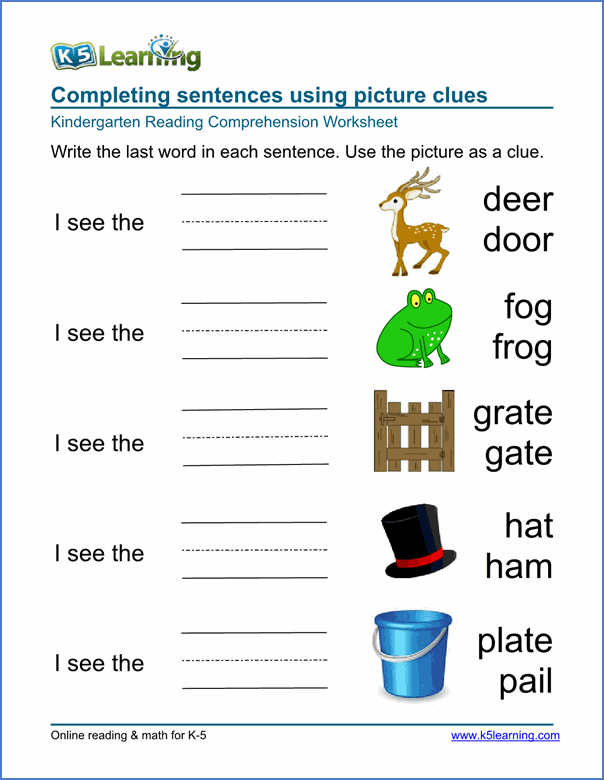
Want MORE Free Teaching Resources?
Join thousands of other subscribers to get hands-on activities and printables delivered right to your inbox!
How to teach a child to write correctly
Is literacy “lame” in a schoolchild? We have collected effective methods by which you can close the gap in knowledge. How to learn to write without mistakes? This question is asked by the parents of many schoolchildren when they bring home notebooks with grammatical errors. Let's start working on fixing them! Thinking about how to help your children master the basics of grammar? Just follow our advice.
How to write a dictation for five
Dictation is always a test of literacy. To write it for a good grade, you need to be extremely careful and not be distracted. But the most important thing is that you need to thoroughly prepare for it. We tell you how to prepare for the dictation.
1. Repeat with your child all the rules of the Russian language that have been covered in a quarter (to prepare for sure, it is better to repeat the previous half year).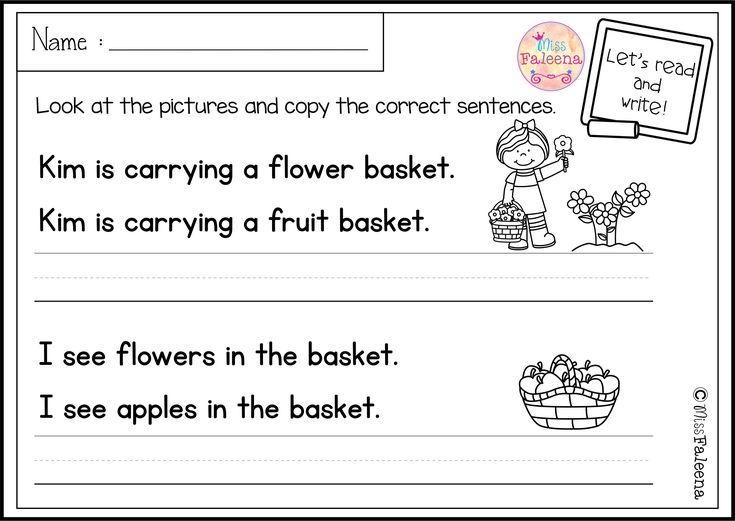
2. Focus on the topics that cause the most difficulty.
3. Write dictation texts with him regularly. nine0003
4. Speak words that are difficult to write out loud.
5. Train your visual memory by reading fiction.
Tell the child how he should behave during the dictation:
Listen carefully to the teacher, usually he clearly pronounces the boundaries of sentences and paragraphs.
If in doubt about a punctuation mark or the spelling of a word, leave space. When checking, decide what to put in place of the pass.
When the text is ready, revise it. Start by checking spelling and then moving on to punctuation. nine0003
Move from the last sentence to the first so as not to switch to the meaning of the text.
And don't look at your neighbor's notebook, there is a chance to make not only your own mistakes, but also to collect other people's.
Compliance with these recommendations will allow you to write a dictation for the top five.
Literacy Exercises
Children's dictation is just one way to practice literacy. You can write correctly and competently if you do fun exercises. For example, a random story. nine0003
Think of a dozen random words with your child and ask them to make a short story with them. Such an exercise develops creative skills and helps to tune in the right way before the “serious” task. Words can be anything. For example, little Olya from the words: “grandmother, deer, teapot, square, juice, slime, sadness, salt and joy” came up with a whole series about a grandmother who could not choose a gift for a deer. Let the story be ridiculous .. It doesn't matter!
Upside down! nine0006
Have your child retell an old story in a new way. Let Cinderella become a ninja, and Koschey the Deathless take up ballet! This exercise develops creativity and teaches the child to fantasize. When the story is qualitatively upside down, offer to swap the beginning and end.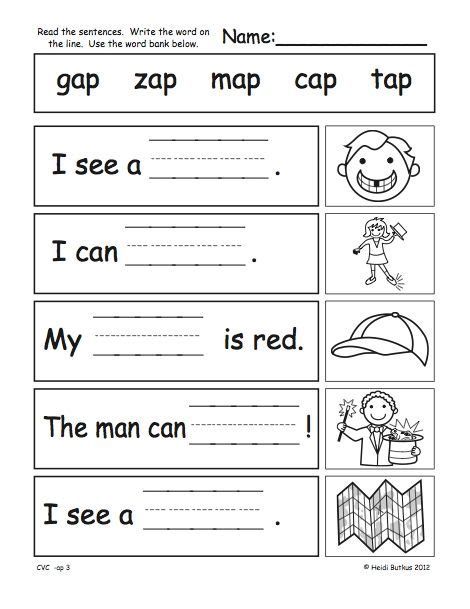 How did Ivan Tsarevich become an ordinary villager?.. Why did Batman stop catching villains and live a normal life?..
How did Ivan Tsarevich become an ordinary villager?.. Why did Batman stop catching villains and live a normal life?..
Word of the day
This exercise is a great way to expand your vocabulary. Every morning you choose a new word for the child, explain the meaning, write it down on a sticker or on your child’s phone so that it is not forgotten. The exercise is very simple: during the day the child should use it five times in speech, try to do it to the point, and in the evening make up a couple of sentences with him. Then you can use this word in the exercise: "Random Story" to make it memorable. nine0003
Vocabulary words
Learn the words that are usually given at the end of the textbook. So that the child does not get bored doing this, check each other in turn.
Spelling reading
Regularly challenge your child to read texts aloud and then write them down. In order for the child to remember the form of words through articulatory motor skills, while reading, you need to clearly pronounce all the words in syllables.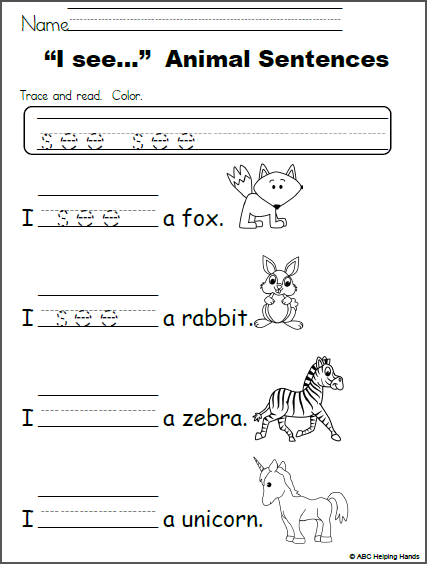
Read backwards
Do you know why many people make mistakes in word endings? Because the human eye clearly sees the beginning of words, and the ending is rather blurry. However, he can be fooled.
Check what is written by reverse dictation, that is, read not from the beginning, but from the end. Reverse dictation is considered a very effective self-test method. The more often you practice it, the fewer mistakes your child will make.
Spell check
This is a trick that will help your child write better. Although such a reading may seem a little strange, it will allow you to kill two birds with one stone:
First, you will eliminate the confusion between pronunciation and spelling.
Secondly, the memorization process will take place at the level of the body, developing articulatory memory and correctly tuning the hearing.
Just two or three weeks of exercise and you will notice the result.
Fun language lessons for elementary school
Another way to learn to write without mistakes.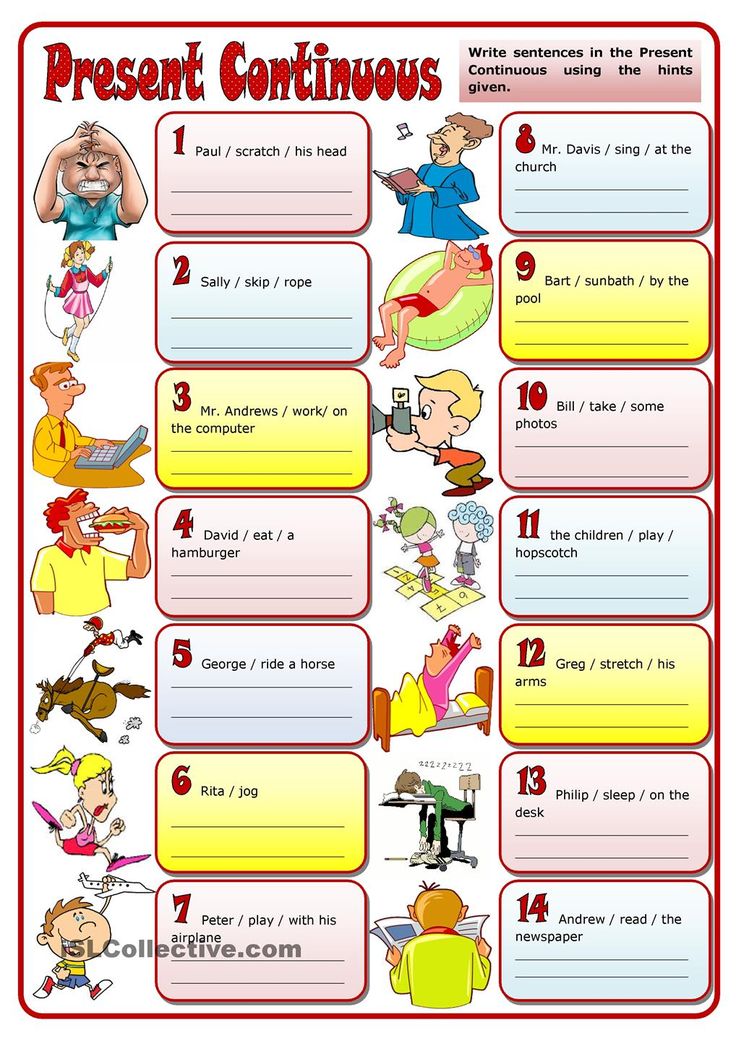 You need to do it on paper. Invite the child to answer, is it necessary to fill in the gap in words? We have selected the following options for you:
You need to do it on paper. Invite the child to answer, is it necessary to fill in the gap in words? We have selected the following options for you:
beautiful, cable...nick, how... cue, o... give, under... drive, sn... zhinka, m... rkov.
This task will teach the child to write without errors, since several types of memory are involved at once. The student remembered the correct spelling, saw the letter he inserted, and heard it by ear.
Word cards work well. How it works: You can make cards for your child with words in which he most often makes mistakes. Hang them over the table or play a game where you first write a word and then a card with it appears. nine0003
Online simulators
Another answer to the question of how to learn to write correctly. To “pump” the child’s literacy, if she is lame, Russian language simulators on the iSmart educational platform will help. The student will learn grammar rules, spelling of words (including vocabulary words), syntax and punctuation in a fun way.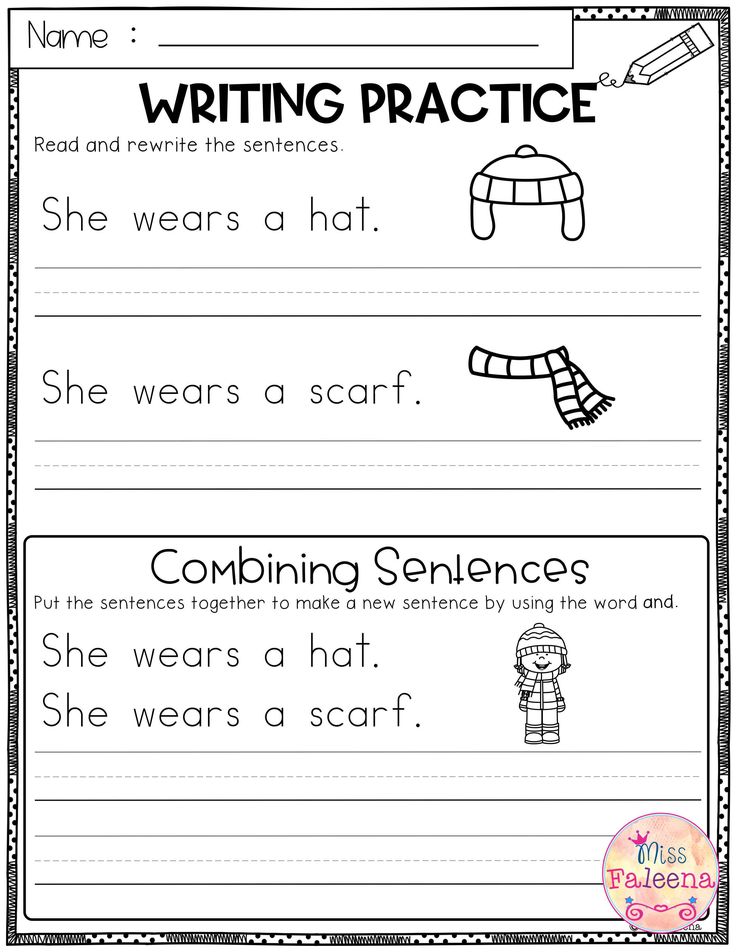
Letters around us
You can write without mistakes if you train attentiveness. Pay attention with your child to the spelling of individual words, even on the street: on shop signs and billboards, this will also be remembered. nine0003
Train your hand memory
It has long been proven that hands have memory, that is, we can do with our hands what the brain seems to have forgotten. Also with spelling: the hand itself can write out words correctly. But for this you need to train a lot - write, write and write again. And as a result, the student will be able to write well.
It is never too late to make a child smarter. But don't expect instant results: the learning process should last at least three weeks. This is the time when the brain needs to bring actions to automatism or, in scientific terms, build new connections between the hemispheres. nine0003
Share your experience on how a child can learn to write correctly!
How to teach your child not to skip the capital letter and period
It seems that capitalizing the beginning of a sentence is very simple.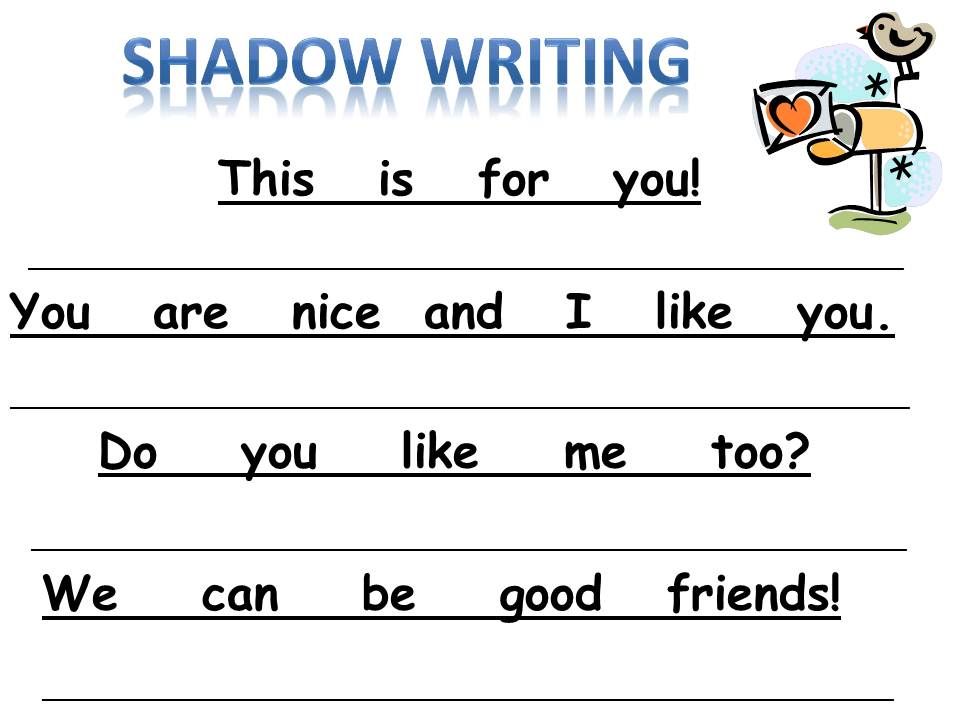 Why do children so often forget about it? It happens that in the dictation there is not a single capital letter and a period.
Why do children so often forget about it? It happens that in the dictation there is not a single capital letter and a period.
There may be several reasons!
Firstly, a student may not be very good at isolating a sentence as a complete independent thought. The ability to divide a statement into semantic parts is associated with cognitive and speech development. Children with speech disorders may not feel the completeness of the phrase, which means they will not indicate the boundaries of the sentence. Or vice versa - they can break the sentence completely unreasonably in a semantic sense. nine0003
Secondly , it can be difficult for children to follow a rather complex writing program, because they have to think not only about the designation of sounds with letters, about spelling, spaces between words, but also about the capital letter and period. Children with regulatory difficulties, with attention problems, may simplify the program and simply do not mark the boundaries of the sentence.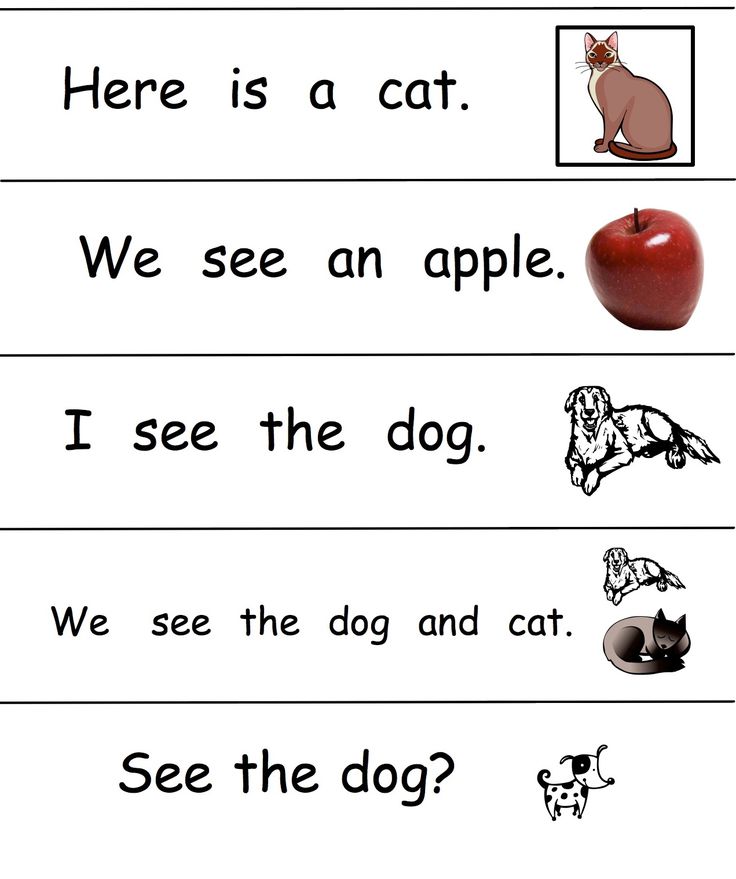
What to do? Let's try to give advice on working with speech difficulties.
Develop oral speech. Make up stories, retell, compose. Divide the text into sentences. According to a series of pictures, according to a schematic plan. The picture is a suggestion. nine0003
Work on defining sentence boundaries in your letter. We start with writing off. Find and write out sentences from the text, place dots in the text, restore the order of sentences, make sentences from words.
If a student loses points due to inattention, parents and teachers should first take control. Discuss the capital letter and period before writing each sentence.
After writing, check: take a pencil and circle the big letter and the dot. Keep this writing algorithm long enough for the child to get used to. nine0003
And then try to reduce your participation. Just put your pencil next to your notebook or pause after writing a sentence. The child will remember the need for verification.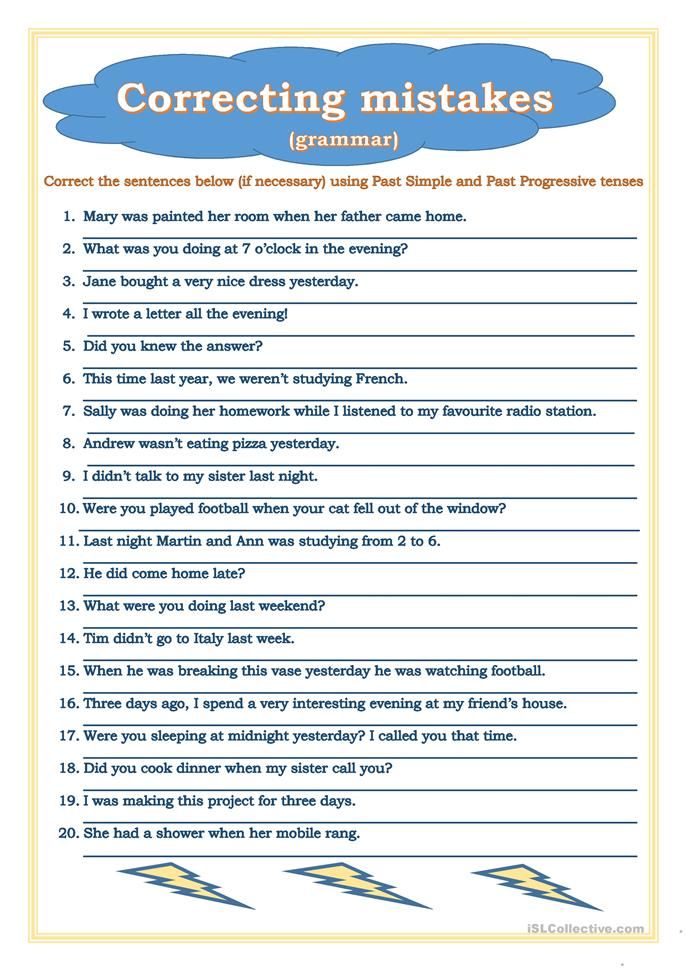 The skills of proactive, current and trace control should gradually pass from adult to child.
The skills of proactive, current and trace control should gradually pass from adult to child.
Gradually move on to writing sentences from dictation. Recall yourself on a dictation with an experienced teacher. By the length of the pauses, we understood well the dot or comma. Teach your child to listen for a pause. Let them be so long at first that it is simply impossible not to notice them. Gradually you will reduce them. nine0003
First, texts are selected that consist of sentences that are simple in structure and meaning. Schemes are used to indicate the number of sentences in the text. They do not indicate the number of words. Let's look at the exercises that can be offered to children:
- Listen to the text, determine the number of sentences, draw sentence patterns. Name the first (second, third) sentences. An adult reads the text, emphasizing the pauses between sentences. The word pencil came to us from the Turkic language. It consists of 2 words. Kara means black.
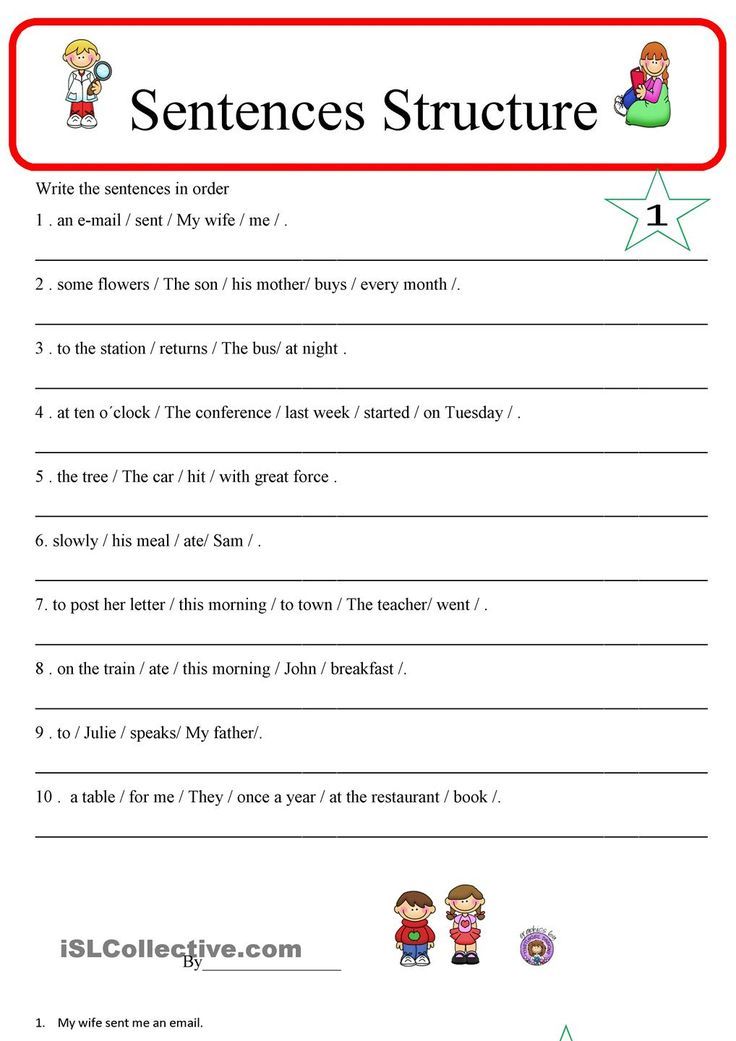 Dash means "stone". The pencil is a black stone. nine0006
Dash means "stone". The pencil is a black stone. nine0006 - Determine the number of sentences in the story. Choose a picture for each sentence. Retell the text from the pictures, making small pauses between sentences.
- Make a story according to the picture so that it consists of 4 (5, 6) sentences. Easy to work with comics.
- Warped texts. Arrange the sentences in order to make a story. Write off. We also have two cats at home. They move their fins slowly. My mother gave me an aquarium with fish. There are small striped ones and large red ones. Our cats love to watch fish. nine0006
- Read the text, capitalize and dot. Write off. A cat is lying and dozing sensitively in a nearby closet something rattled, mice squeaked, the cat sensed the prey, became alert and began to crawl towards the mouse hole
Pay attention to how many opportunities there are to work on vocabulary, grammar and coherent speech.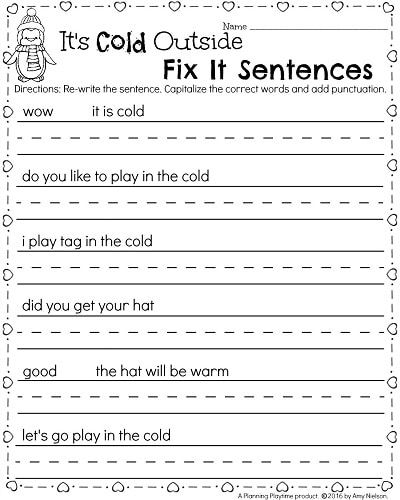 After all, the analysis and synthesis of the text is the analysis and compilation of a monologue statement.
After all, the analysis and synthesis of the text is the analysis and compilation of a monologue statement.
Learn more about games and exercises in the webinar from Elena Kruglova. nine0003
Elena Kruglova
Speech therapist at School No. 1540, primary school teacher, specialist in working with children with learning difficulties, disabilities, ASD. Author of educational games and manuals.
Tags
#Webinar #dysorgraphy #dysgraphia #Games and exercises #Speech therapist nine0003
Correction of reading with enthusiasm: speech therapy quest "Treasure Island".
